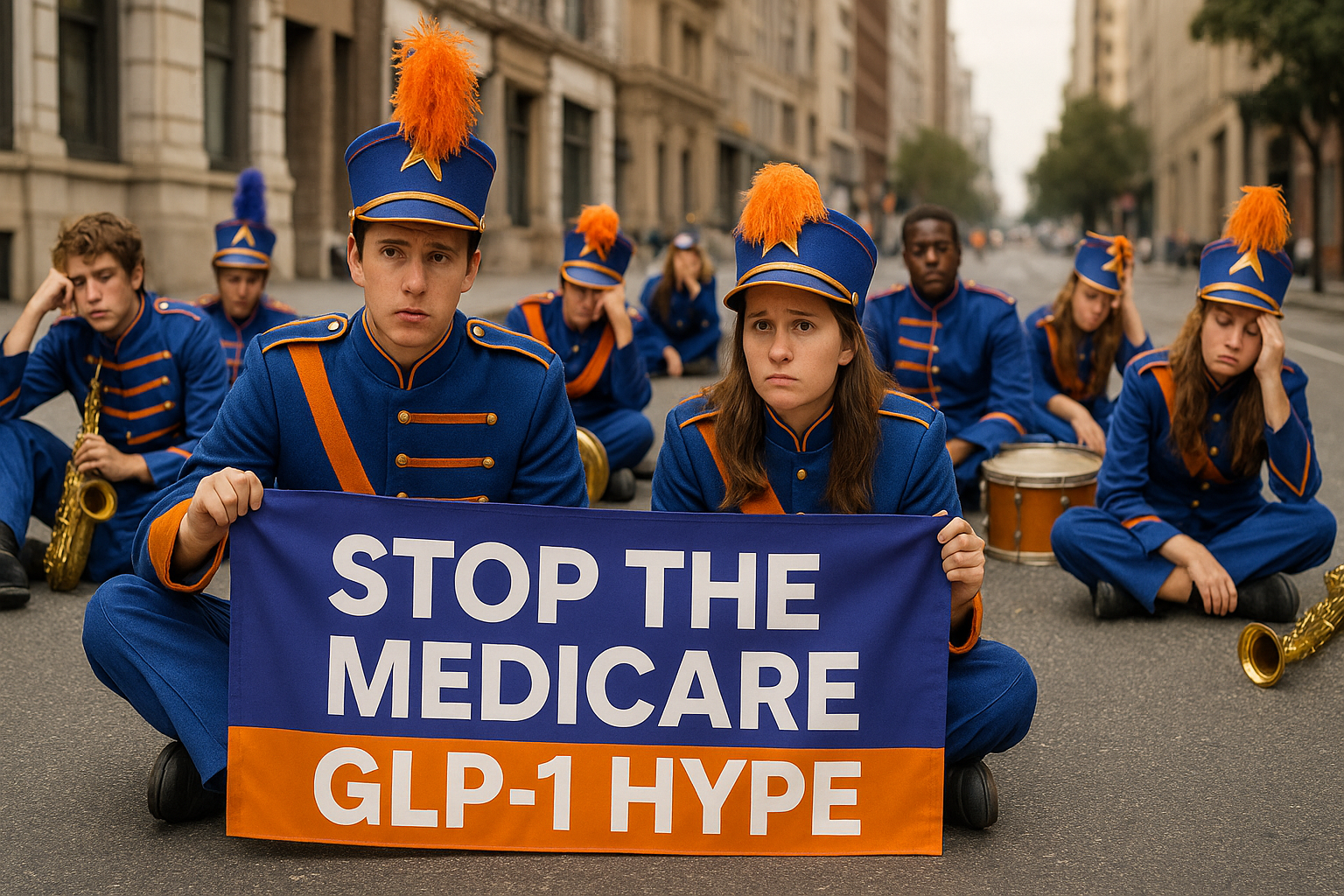The November 2025 announcement from the Trump administration instantly set off a chain reaction in the media. Suddenly, my news and LinkedIn feed is full of bold headlines, excited “Medicare experts,” and breathless predictions:
“Medicare to cover GLP-1 weight-loss drugs!” “Big changes coming for obesity meds!” “Coverage beginning mid-2026!”
I get it. GLP-1s are hot, weight-loss coverage is emotional, and bold claims get clicks.
But here’s the part missing from almost every one of these viral posts:
❌ Medicare STILL cannot cover weight-loss drugs.
❌ Nothing in the announcement changed the statute.
❌ No executive order can override Congressional law.
Here's a reality check the headlines missed.
1. The federal law prohibiting weight-loss drug coverage has NOT changed.
Medicare’s statute explicitly states that Part D may not cover drugs “when used for weight loss.”
Period. Full stop.
Executive branches, past or present, don’t get to magically erase statutory exclusions. Until Congress changes that law or the Centers for Medicare and Medicaid (CMS) creates some new loophole, weight-loss coverage is prohibited no matter how many press releases, memos, or photo ops appear.
2. New “guidance,” “policy direction,” or “proposals” do not equal coverage.
A policy announcement is not coverage. A press release is not coverage. A LinkedIn post with a confident headline is definitely not coverage.
Presidents can propose new directions. CMS can study coverage pathways. HHS can signal policy interest.
But not one of those actions forces a Part D plan to:
- add GLP-1s to their formulary,
- pay for them, or
- violate the longstanding statutory exclusion.
3. Even IF the law changes someday, plans still don’t have to add GLP-1s unless major changes are made to Medicare Part D.
This is the piece almost no one is talking about — yet it’s the most important.
Part D plans only must "Cover at least two drugs in each category/class." And they get to choose which two.
A plan could easily meet its requirement using:
- metformin
- a sulfonylurea
…and leave every expensive GLP-1 completely off the formulary. Legally. Effortlessly. And, let’s be honest, very predictably.
Even if GLP-1s become “the most commonly prescribed drugs in America,” plans still meet the rule by covering two cheap generics.
Which means… The Trump announcement does not and cannot require Part D plans to cover GLP-1s in 2026 without some other major changes from Congress or new loopholes from the CMS which we do not have today.
4. FDA indications don’t force Medicare coverage, either.
When a GLP-1 gets approved for another medical reason, like Wegovy for cardiovascular benefits, Part D plans may choose to cover it, but they are not required to add it.
Even if they do add the medication, the Part D plan may still:
- place it in the highest tier
- require prior authorization
- add step therapy
- exclude it for some diagnoses, or
- cover older, cheaper meds instead
New indication ≠ guaranteed coverage.
So why is everyone suddenly posting like Medicare coverage is a done deal? Because bold, shiny statements get attention!
The bottom line: If you think Medicare will be covering GLP-1s in 2026, don't start the parade just yet.
Here’s today's grounded, factual reality:
The statutory weight-loss exclusion still stands.
No executive action overrides federal statute.
Part D plans are not required to cover any GLP-1s — even for cardiac indications.
“Coverage in 2026” is not guaranteed, not scheduled, and not mandated.
When (and if) the law changes (or a crazy loophole is created), trust me, you’ll hear about it in detail from people who actually work inside Medicare’s messy reality every day.
Until then, keep tuning up the band. We're not ready to march just yet.

